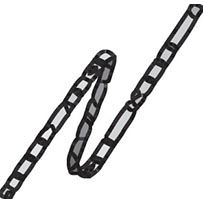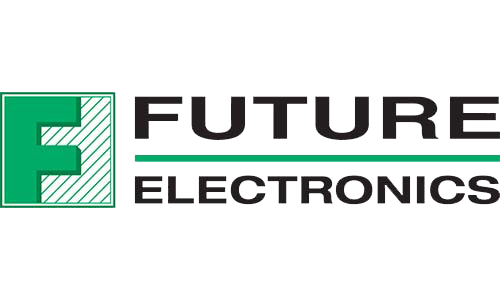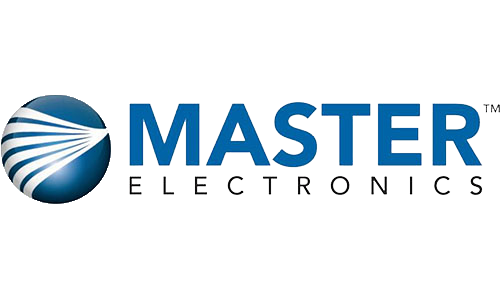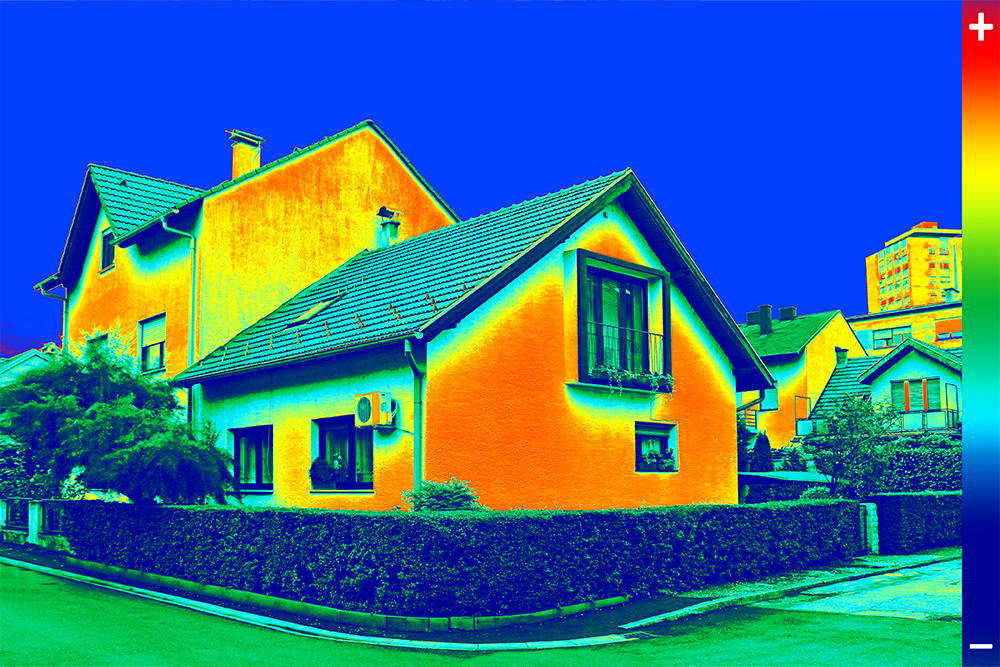
Infrared (IR) light in electronics design has a touch of magic. It creates invisible commands between objects. It can detect a human presence and track its movement. And it can see in the dark.
IR LEDs and sensors consistently show up in new and imaginative products in fields ranging from communications to healthcare. This post examines the most recent applications and emerging trends of IR LEDs and sensors to shed some light on their diverse functionality.
Applications in Communication and Sensing
In the realm of communication, IR LEDs have been instrumental in the development of high-speed data transmission systems. Infrared communication is widely used in remote controls, barcode scanners, and proximity sensors. With the rising demand for high data rates and immediate connectivity, the application of IR LEDs has extended to Li-Fi (Light Fidelity) technology.
Li-Fi employs visible and IR light to transmit data wirelessly, offering unprecedented speeds and security in environments where radio frequency (RF) signals are constrained. As a result, IR LEDs are playing a central role in the latest ultra-fast indoor data networks.
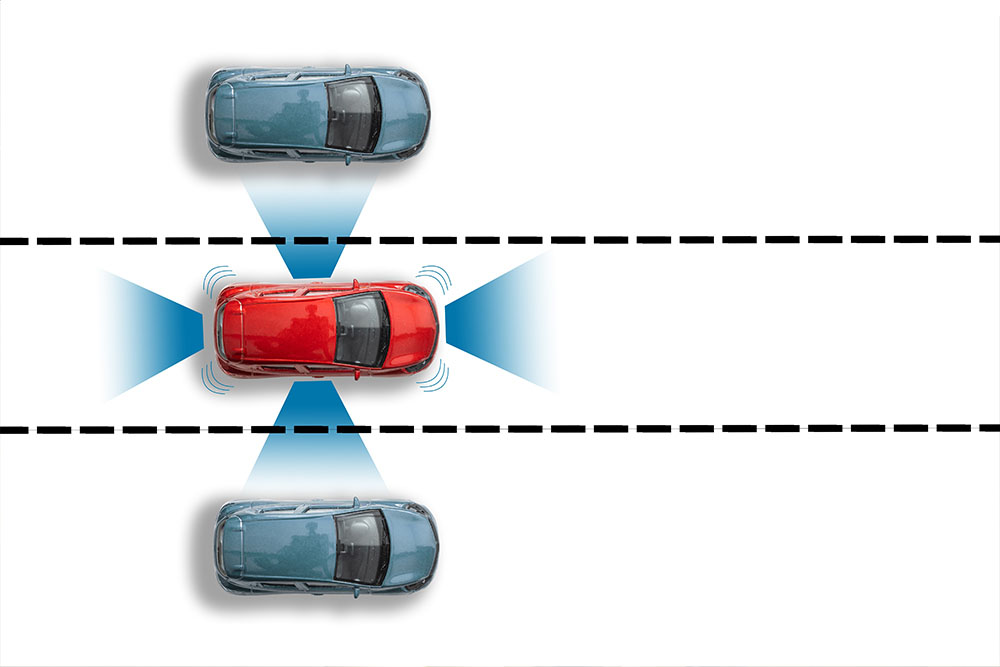
Infrared sensors, on the other hand, have become pivotal in a range of applications, from automotive to industrial sectors. Advanced driver assistance systems (ADAS) employ IR sensors to enhance night vision and detect pedestrians or obstacles even in adverse weather conditions. These sensors also make adaptive cruise control and collision avoidance systems possible. In industrial settings, IR sensors are useful for temperature measurement, gas detection, and even predictive maintenance through thermal imaging.
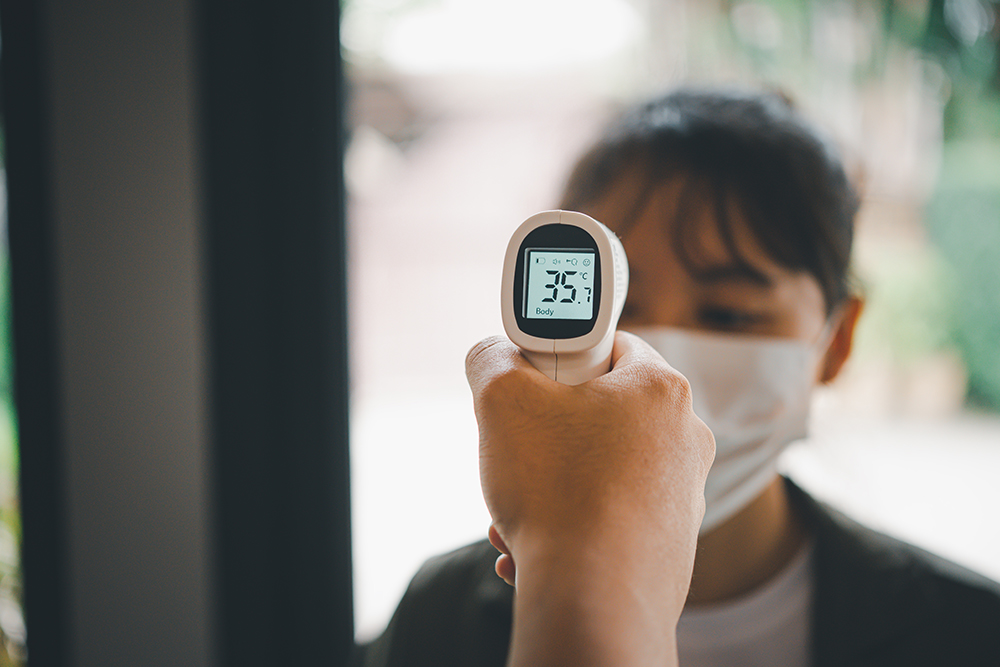
Healthcare and Biomedical Applications
The medical field has witnessed remarkable advancements through IR LEDs and sensors. Non-contact temperature measurement with IR sensors has become particularly relevant during the COVID-19 pandemic, when quick and accurate fever screening was needed in public places.
IR LEDs find applications in pulse oximeters, which measure blood oxygen saturation and heart rate, two critical parameters for monitoring patient health in real time.
Infrared thermography, facilitated by IR sensors, aids in diagnosing diseases and assessing vascular health by capturing thermal patterns on the skin’s surface.
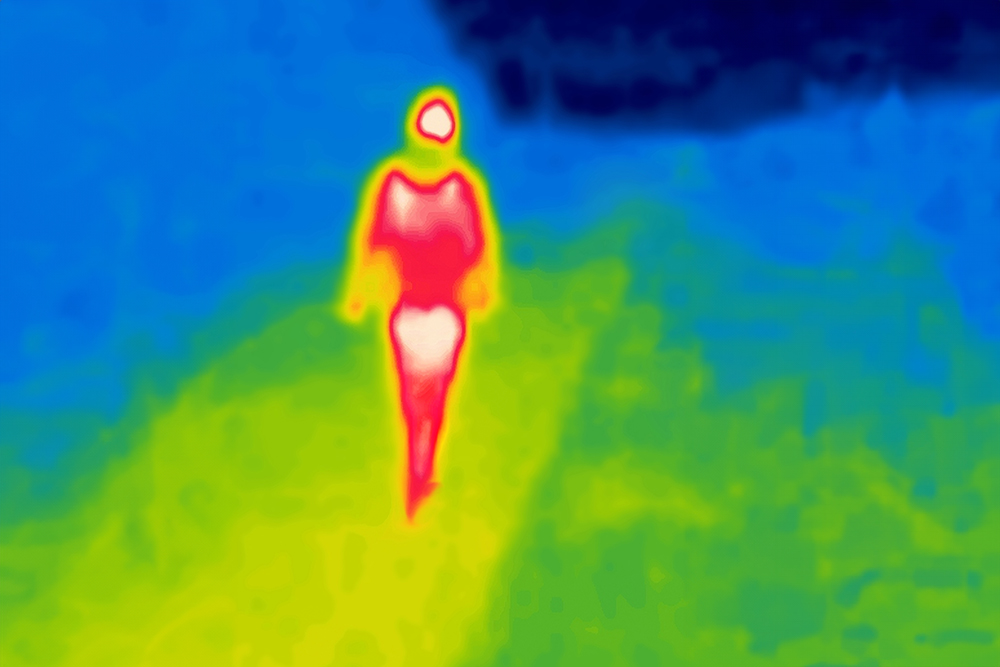
Security and Surveillance
Infrared LEDs and sensors have revolutionized the security and surveillance sector. Infrared illumination has become essential for low-light and nighttime surveillance cameras. Clear images of a scene can be captured in complete darkness. The use of IR LEDs in combination with image sensors has led to the development of intelligent surveillance systems that can detect intruders and track movement accurately. Additionally, artificial intelligence (AI)-driven facial recognition for access control and authentication purposes relies on IR sensors to improve accuracy and reliability by capturing unique facial features even in varying lighting conditions.
Trends on the Horizon
The applications of IR LEDs and sensors are continuously evolving. These emerging trends have a potential to reshape various industries:
Internet of Things (IoT) integration
The integration of IR sensors in IoT devices is gaining momentum. Smart homes and industrial IoT applications benefit from IR sensors’ ability to monitor environmental parameters, detect motion, and manage energy consumption. These sensors play a central role in creating energy-efficient and automated environments that anticipate and respond to the needs of the user.
Healthcare Wearables
As wearable technology gains sophistication in design, IR sensors are being incorporated into devices such as smartwatches and fitness trackers for health metric monitoring, for parameters like blood pressure, glucose levels, and hydration status.
Automotive Advancements
In the automotive sector, IR sensors are evolving beyond just ADAS applications. They can also be used for occupant monitoring, determining driver attentiveness, and activating personalized in-car experiences. Autonomous vehicles rely on an even greater multitude of IR sensors to gain accurate perception of their surroundings.
Environmental Sensing
In environmental monitoring, IR sensors can assess air quality by detecting pollutants and particulate matter. Additionally, IR sensors are contributing to climate research by measuring greenhouse gas concentrations and temperature variations across regions.
Security Enhancements
IR sensors are moving beyond simple motion detection. More advanced security tasks such as gait analysis — remote identification based on the way individuals walk — rely on IR light. AI and IR integration has future potential in both security and medical diagnostics.
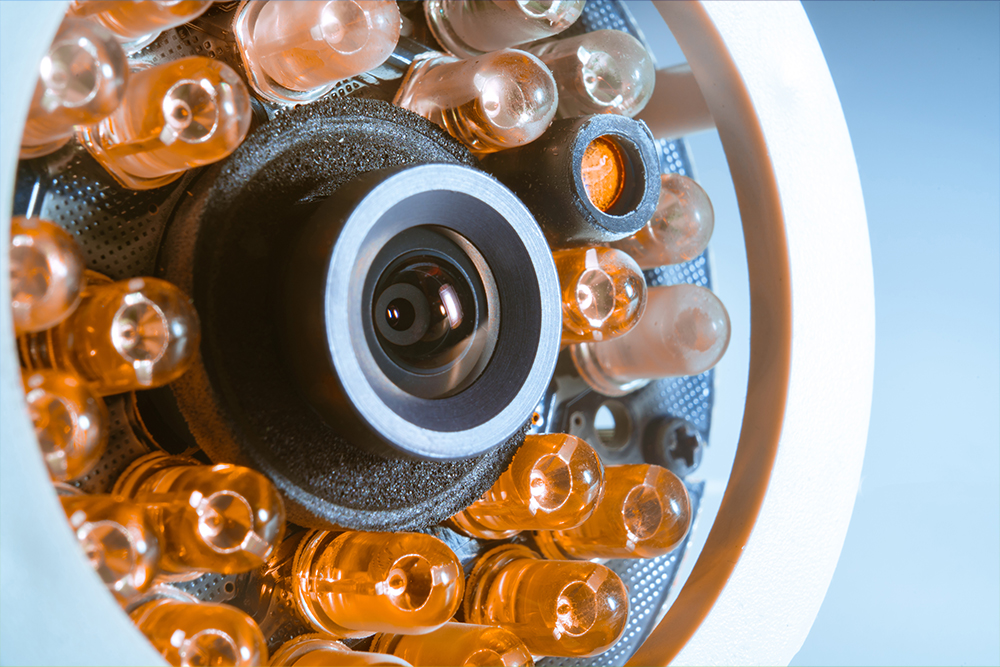
Make Sense of Infrared with American Bright
Finding the appropriate IR LEDs and the most compatible sensors for a project — and to source supplies for production — may be a challenge without a knowledgeable source. American Bright has worked with manufacturers for decades to find the highest quality infrared LEDs and sensors for premium product designs.
Besides securing supply chains and custom manufacturing, American Bright has the best in in-house testing as well as PCB assembly services.
The American Bright product portfolio includes all the components to build applications in motion detection, security, medical devices, and whatever new idea you have using the magic of IR.
Tell us about your IR project and learn how American Bright can help.






